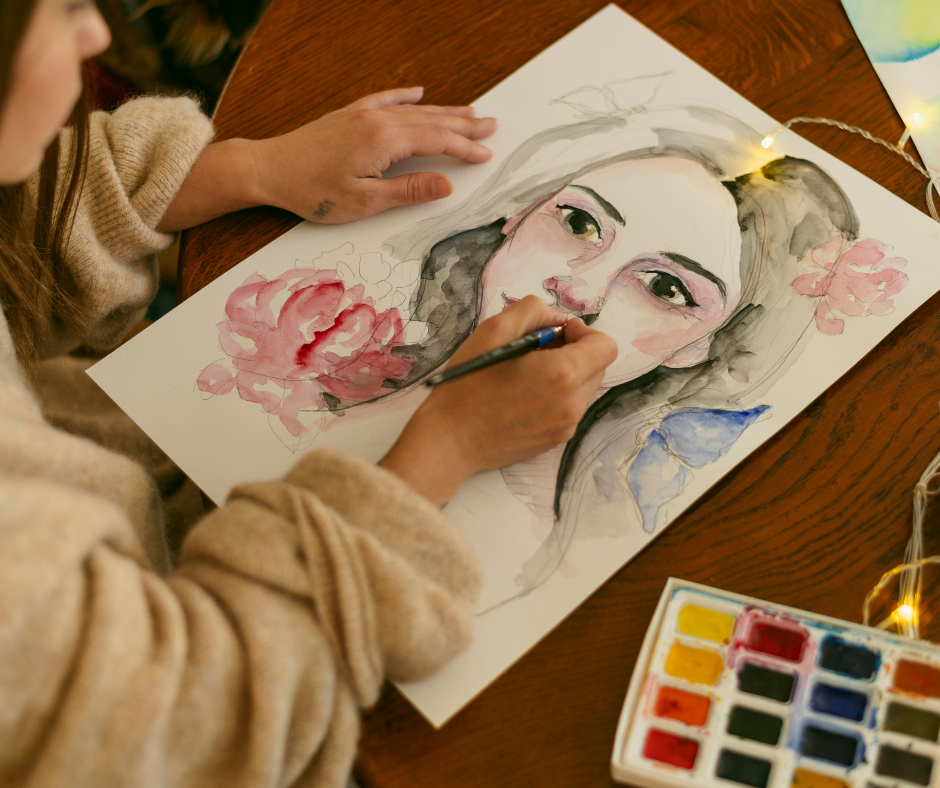When is the last time you took a selfie?
Today, many of us are equipped with Smartphones that can take sharper, brighter (and more flattering) photographs than the fanciest cameras of the previous decade. In fact, thanks to our phone cameras, we are actually living in the most documented time in history!
In light of our modern capabilities, one form of art that may not be quite as understandable to the youngest generation is portraiture.
Why do portraits matter?
I’m not talking about photography here (although photography and portrait photography are certainly art forms as well). Thanks to our access to various media, and our interest in the imagery of famous people, I think that many of us can appreciate well-done and interesting photoshoots and portrait photography.
For the purposes of this article, I’m mainly talking about portraits in terms of paintings or drawings intended to capture a person’s likeness. This is an art form that many people may be able to appreciate, but not quite understand the relevance of, in today’s world.
However, whether you are a professional artist, a student of art, an art teacher, or just a regular, “non-artsy” person, there are some very important reasons that old-school portraits actually matter a lot, especially in the “selfie,” world of today. Here are four reasons why you should stop and look at (or stop and create) a portrait today.
1. Portraits are Living History
One of my favorite things about using art to study history is that it gives us an authentic, direct glimpse into times past. Portraits from long ago give us unique insights into those who lived before us: not just how they dressed or looked, but also what the artists of the time valued enough to observe and capture. In a way, portraits are like time-capsules, packed with insights of the past.
While the style and subjects chosen for portraits have shifted greatly over the years, the truth remains that the artist will usually strive to capture something that is striking about the subject.
Thinking about portraits in this way can give us some interesting insights.
For instance, look at the painting below, the infamous Madame X by John Singer Sargent. The portrait’s subject, Virginie Amélie Avegno Gautreau, was wealthy and well-known for her beauty. In fact, that’s probably why the artist wanted to paint her.
However, Sargent’s painting does much more than depict a pretty woman. Instead, Sargent takes something striking – and unseen- about his subject and brings it to the viewer’s attention.
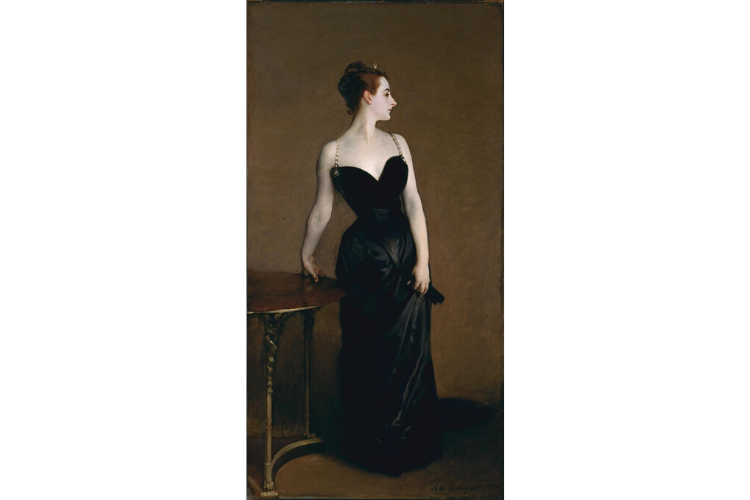
Madame X (1884) by John Singer Sargent
Many consider this painting to be the epitome of “a study of contrasts.” Virginie was known for her pale, white skin. Gautreau drew attention to this feature by painting the soft paleness of Virginie’s skin in stark contrast to her dark hair and the deep black, structured gown she wears.
However, Sargent also seems to capture certain aspects of Virginie’s personality in the portrait that seem at odds with her physical beauty. He conveys her as vain and more than a little bit scandalous: not nearly as beautiful on the inside as the outside (certainly not by the standards in those days).
How do we get all of this?
Her dress is much more revealing than befitted a lady of her time and status, her pose is proud and disdainful. These hints at character flaws play out in stark symbolic contrast to the subject’s idealized beauty.
While it is considered to be one of history’s most famous portraits today, it was pretty shocking for the time period in which it was created. From simply viewing and considering Madame X, we get a wealth of insight into the subject, the artist, and the values of the time period.
2. Portraits Reflect our Changing View of Mankind.
Through studying famous portraits throughout history, and especially by comparing them to each other, we can also observe history’s ever-changing perspectives about mankind’s role in the world.
It’s pretty fascinating to see how big changes in portraiture (and their corresponding artistic movements) usually go hand-in-hand with ground-shaking historical event and societal changes.
Studying portraits can even help reveal how, throughout history, one strong viewpoint often inspires an opposite stance. The two examples below do a good job of showing this!
Romanticism: Defining Mankind as the Visionary
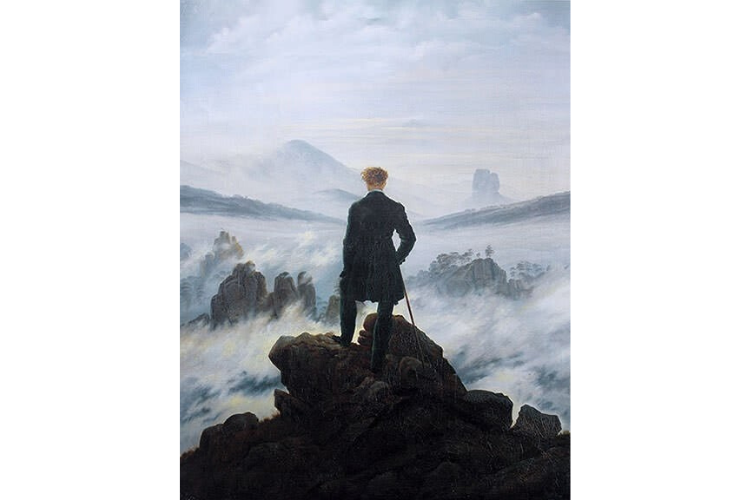
Wanderer Above the Sea of Fog (1818)–Caspar David Friedrich
This portrait by German artist Caspar Friedrich shows a lone man contemplating the foggy vista before him. This image perfectly represents what we now know as The Romantic Era (the art movement known as “Romanticism”.)
As you might guess from the name, Romanticism offered a pretty dreamy view of mankind.
Poets, artists, philosophers, and writers of this time perceived mankind as solitary, creative, emotional, and visionary. This time period also viewed nature and dreams as powerful, communicative, and sometimes even prophetic. The mood of this work definitely reflects a contemplative, quest-like view of mankind’s role, with an emphasis on man’s place in the natural world.
Like Wanderer Above the Sea of Fog, many portraits of the Romantic Era depict the subject as special, dramatic, and even heroic.
The settings are often special, too: dream-like, beautiful, or on a grand or supernatural scale. Therefore it is very interesting that –directly on the tail of the Romanticism Art Movement, a completely opposite portrayal of mankind developed: Realism.
Realism: Defining Mankind by Daily Action
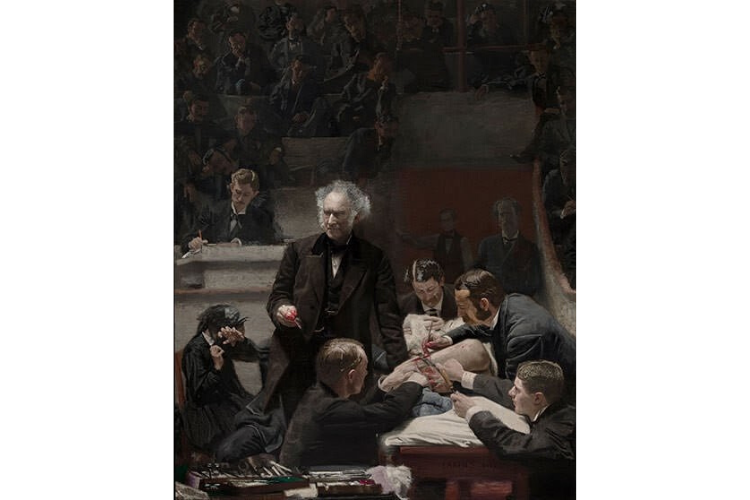
The Gross Clinic (1875)—Thomas Eakins
The Realism movement in art came right after the Romanticism movement and is often seen as a direct rebellion against it. Whereas Romanticism gives an idealized view of man, Realism took the opposite approach and focused on- (again, you can probably guess it from the name) – the real.
Often this involved the portrayals of ordinary people doing mundane, pedestrian or even ugly tasks, such as in the portrait above-showing surgeons at work. Mankind’s role in the world is therefore defined by daily action–the ordinary things of everyday life.
As you can see, portraits do more than just depict individuals–they give us a greater, more general understanding of mankind and the various ways we’ve understood our own value over the course of history. Portraits matter because they show us where we came from and how we’ve changed.
3. Portraits Show Us How Art Influences Culture
We’ve talked about how portraits can reflect the values of a time period, and how they can even provide insight into how/why those values change throughout history. However, there is another crucial component to the art and society/culture relationship that we haven’t discussed yet.
Portraits don’t just reflect changes to society; sometimes they help ignite them, too.
This isn’t just true for portraits, of course. Many art forms (and subjects) are capable of influencing culture. In fact, one of the measures of good art is: does it challenge the way we’re used to thinking about things?
However, what’s unique about portraits is that they do this in a way that everyone can understand. Everyone relates to a portrait. Everyone can connect with an image of another human being. When we gaze at portraits, we are automatically challenged to figure out how these representations are the same- or different- from ourselves.
In other words, when we look at a portrait, we look for connection. That connection, when we find it and explore it, can catapult new ideas. New ideas, in turn, can spark societal changes.
For example, look at this famous self-portrait by Edvard Munch, “The Scream.”
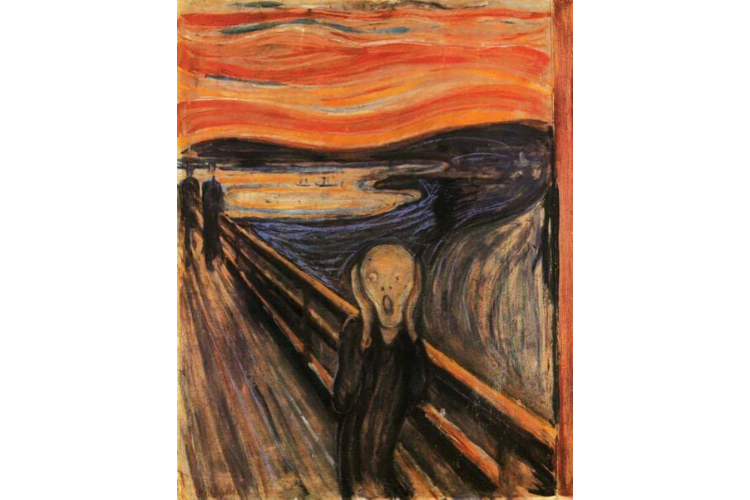
The Scream (1893)–Edvard Munch
This Impressionistic self-portrait by Munch ignores realistic physical details. Instead, it is entirely focused on emotion. It’s a portrait of the interior, rather than the exterior, which reveals the artist’s own anxious and horror-stricken psychological state. This was an incredibly bold and influential concept at the time of the portrait’s rendering– when psychology was still regarded as a fairly new science and mental illness considered something that should be kept a secret.
Today, we openly discuss psychological distress and mental health. Perhaps we owe some of the credit for this to artists like Munch who were among the first to openly depict this once-avoided facet of life. This is merely one example of one way that act may encourage the ideas and questions that ultimately help change entire cultural conversations.
4. Portraits Push Us Towards Connection.
Let’s go back to talking about selfies for just a minute. While they may arguably capture the beauty ideals of our current era (hello Insta-filters), and they can help us remember moments of our lives, selfies don’t challenge anything about how we can or should see the world around us.
Selfies are usually 100% surface value, and as the name would indicate, they are self-oriented. They don’t teach us anything. They don’t connect us to new or unfamiliar ideas.
I’m not saying all of this to attack the selfie. However, I do think that we live in a selfie world, and it would be truly sad if that became the documentation that defined our time culture.
And that’s why we need art, and portraits in particular. Because, portraits–whether of someone else or ourselves–help us to make connections. Portraits show us how to connect with historical figures and movements, and they can even connect us with our own perception of others, or of ourselves (such as in Munch’s The Scream). When we study a portrait, or create one, we look for those connections I mentioned earlier–differences, similarities, challenges.
Questions, too, are often part of that connection.
In a portrait, even something like a lingering question, or a glaring uncertainty, can connect us better with the work of art, its subject, the mindset of the artist, other viewers and our own consciousness.
When you think of a portrait that inspires a question, your mind might go to the same work of art that mine does: Leonardo Di Vinci’s infamous oil portrait, Mona Lisa.
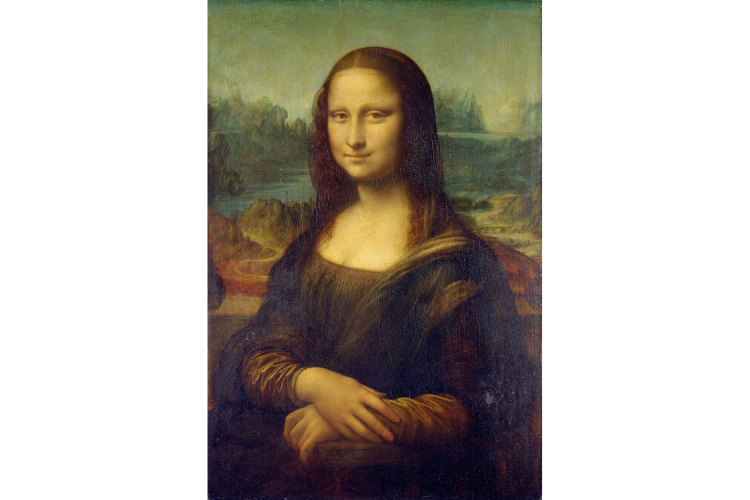
Mona Lisa (1503)–Leonardo Di Vinci.
This painting has been dubbed the most valuable in the world and is often considered to be the most famous, as well.
The reason? Mona Lisa is a universal mystery.
Viewing this painting leaves viewers puzzling over the subject’s enigmatic smile and the way her eyes seem to watch you, no matter where you stand. When we see this painting, we wonder about the subject: How she was feeling? What she was thinking?
Mona Lisa is an unanswered question for the generations, connecting us all.
In our selfie world, portraits matter more than ever. It’s vital that we take time to look at, appreciate -and even create- portraits every once in a while. Portraits connect us to our past: to people not so different from us, but living in very different times. They show us how our ideas have changed and grown. They encourage us to analyze and to question.
Ultimately, I think that the habit of studying people through the filter of art grounds us in this knowledge: while we all connected by the bonds of humankind, we all have things to learn from that connection.
At Sparketh, we encourage a community that can learn about art in its various forms. We also believe that anyone can, and should be able, to foster any creative skills that they desire. Here, you’ll find numerous courses, taught by professional artists, that teach art in a variety of mediums, including this whole series on how to create portraits in a variety of art styles. So take a few minutes today. Put down that camera phone, and look at – or create your own- portrait. It matters.


